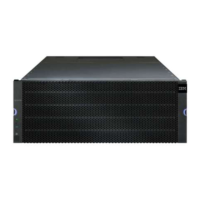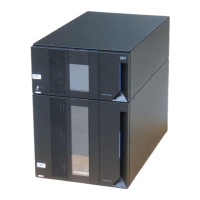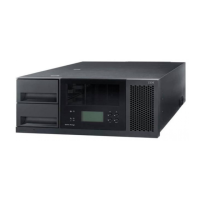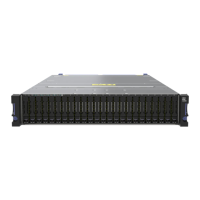Chapter 2. About the Script Commands
You can use the script commands to configure and manage a storage subsystem. You can enter individual
script commands, or you can run a file of script commands.
To invoke the Storage Manager Command-Line Interface (SMcli), use the SMcli command.
Note: When you enter an individual script command, you include it as part of a SMcli command. When
you run a file of script commands, you include the file name as part of a SMcli command.
The script commands are processed by a script engine that performs the following functions:
v Verifies the command syntax
v Interprets the commands
v Converts the commands to the appropriate protocol-compliant commands
v Passes the commands to the storage subsystem
At the storage subsystem level, the storage subsystem controllers run script commands.
The script engine and the script commands support the storage subsystem configuration and
management operations that are listed in the following table:
Table 2-1. Configuration and Management Operations
Operation Activities
Cache configuration Controlling all cache parameters, both at the storage
subsystem level and the individual logical drive level
Logical drive configuration, subsystem and disk pool
configuration
Creating, deleting, and setting the reconstruction priority
control; labeling; setting drive composition when creating
logical drives; setting the segment size; and setting the
media scan control
Disk drive configuration Assigning hot spares
Controller configuration Defining logical drive ownership, changing mode
settings, defining network settings, and setting host
channel IDs
General storage subsystem configuration Resetting a configuration to defaults, labeling, checking
the health status, setting the time of day, clearing the
Event Log, and setting the media scan rate
NVSRAM configuration Downloading and modifying the user configuration
region at the bit level and the byte level, showing
nonvolatile static random access memory (NVSRAM)
values
Product identification Retrieving the enclosure profile display data
Battery management Setting the battery installation date
Firmware management Downloading controller firmware, the environmental
services monitor (ESM) firmware, and the disk drive
firmware
Copy services Configuring, changing settings and monitoring copy
services functions such as VolumeCopy, Enhanced
FlashCopy, and Enhanced Remote Mirroring.
© Copyright IBM Corp. 2008, 2012 2-1

